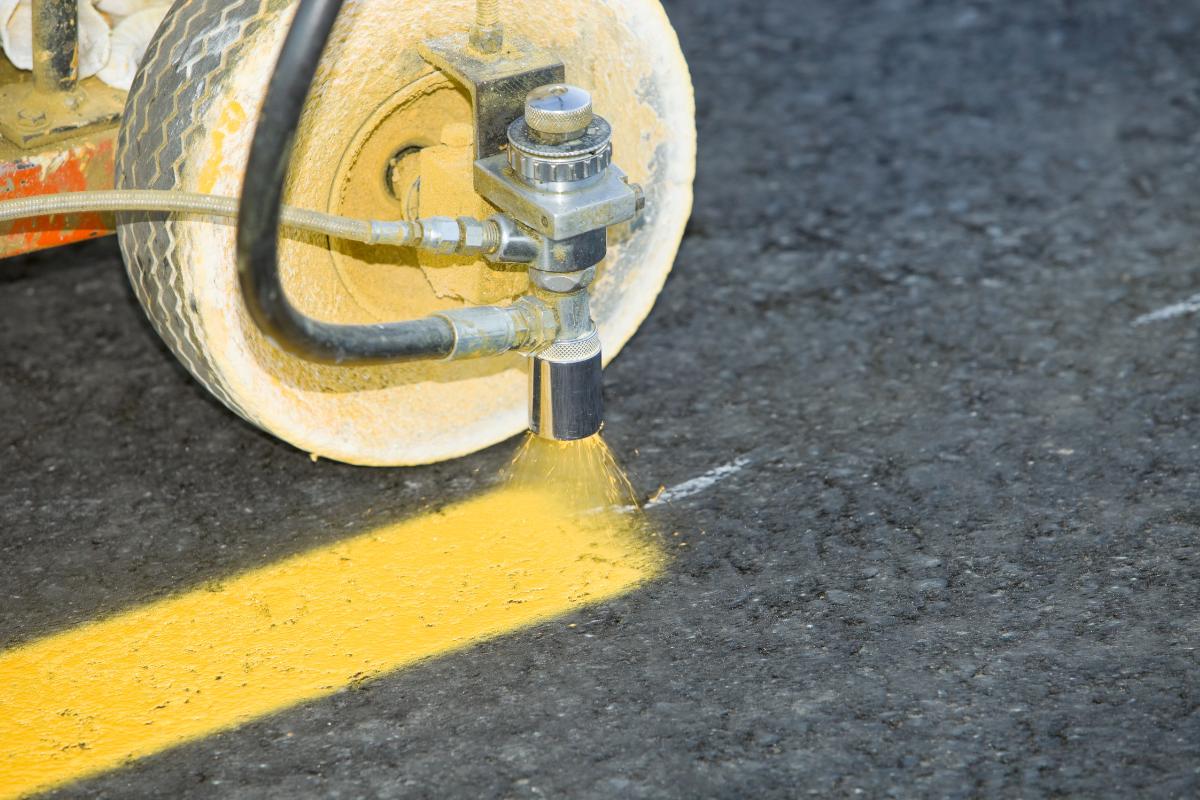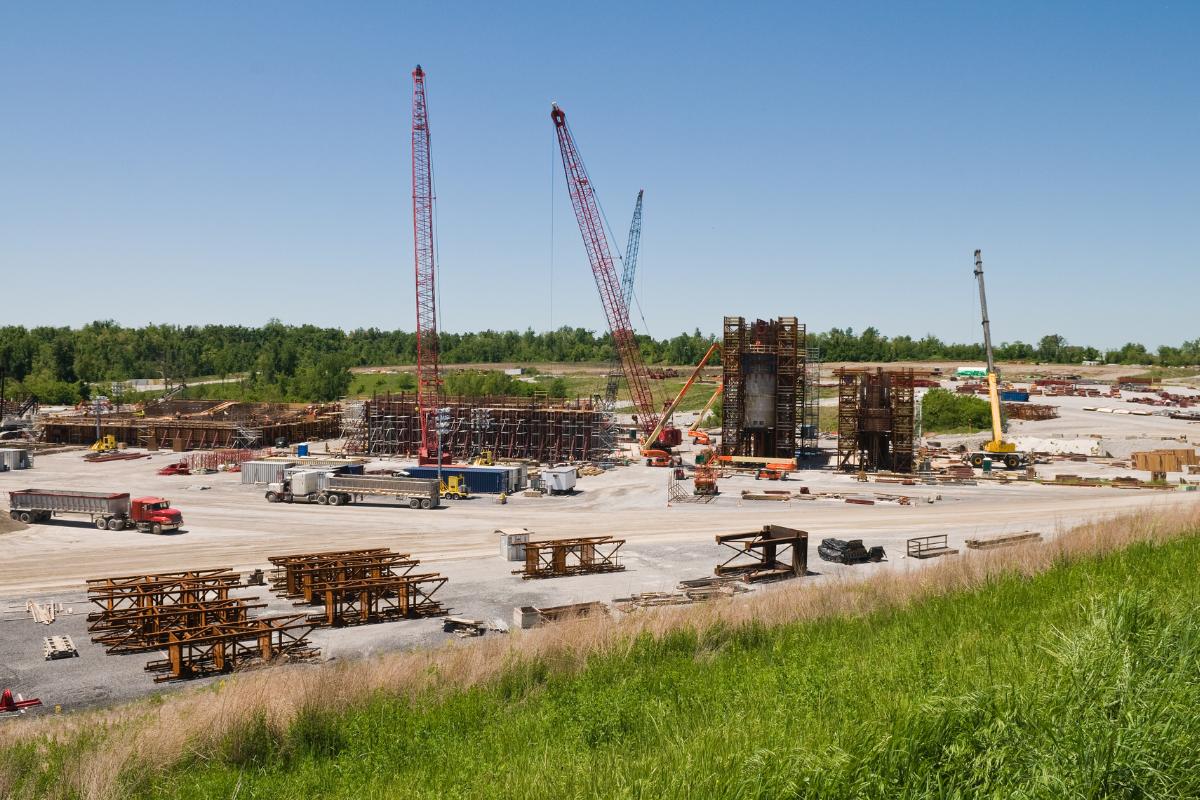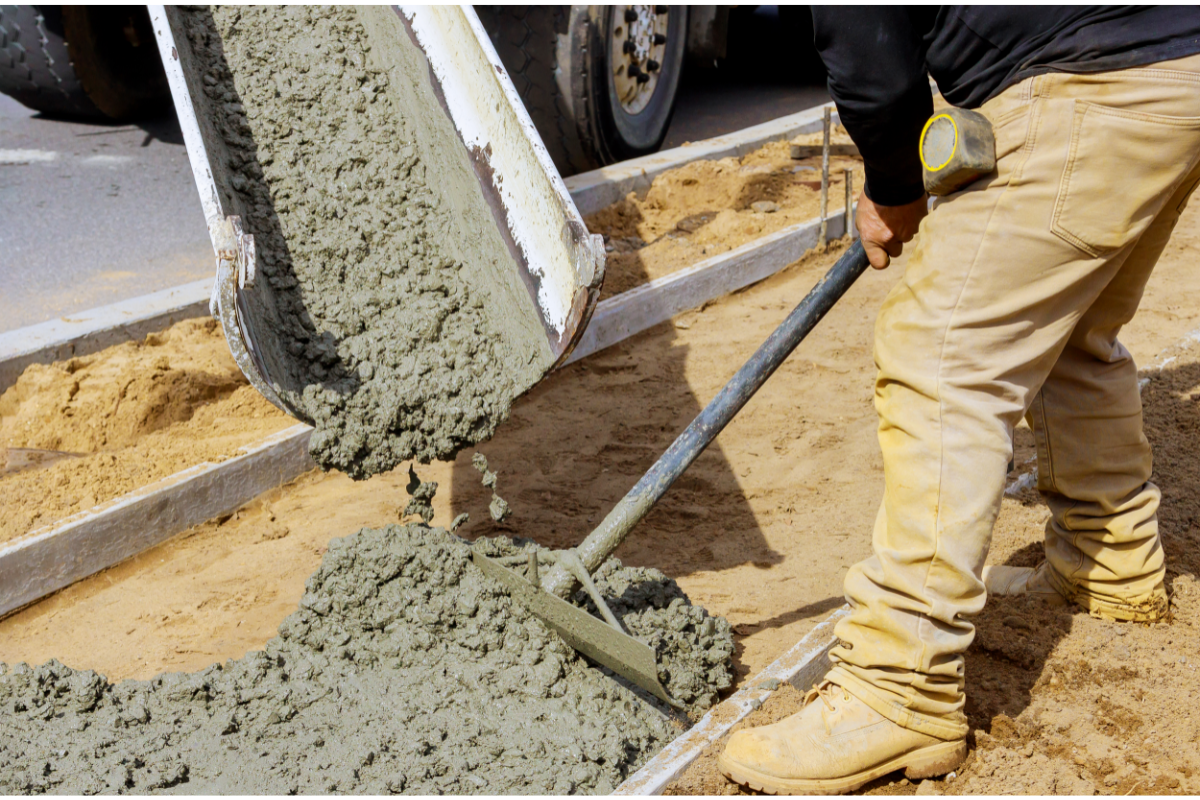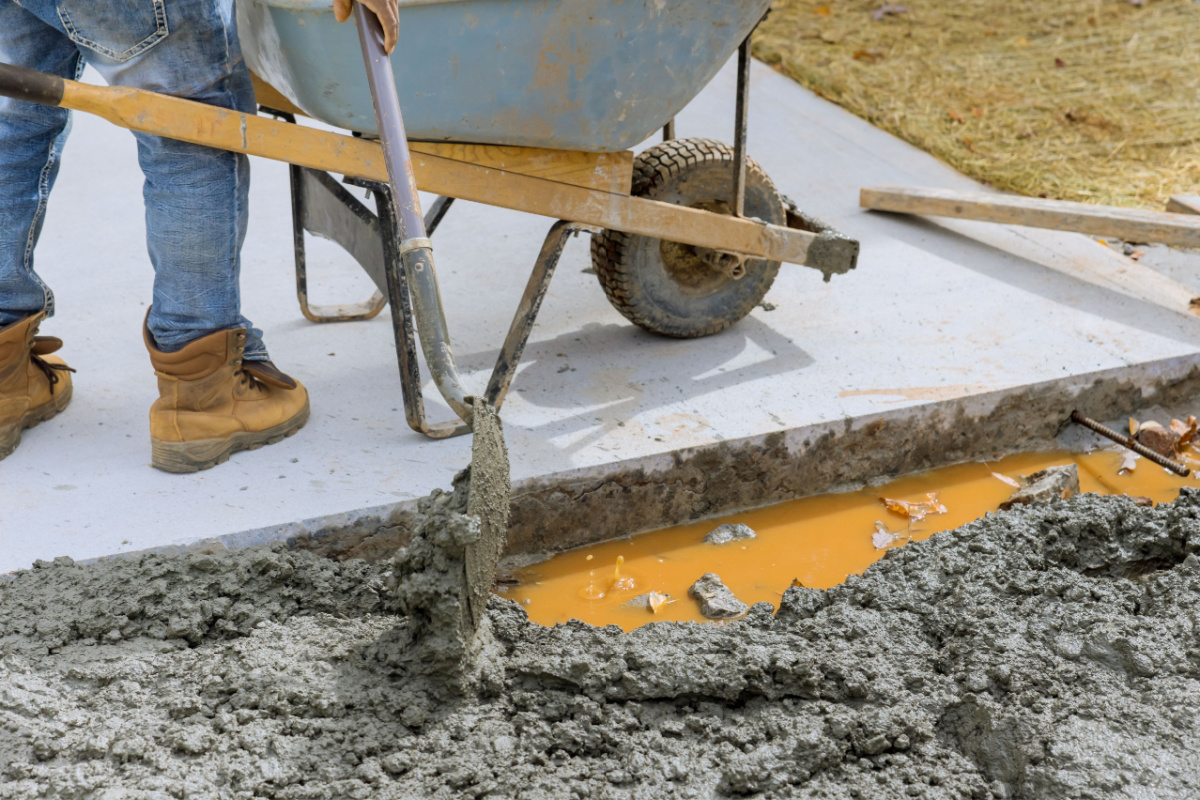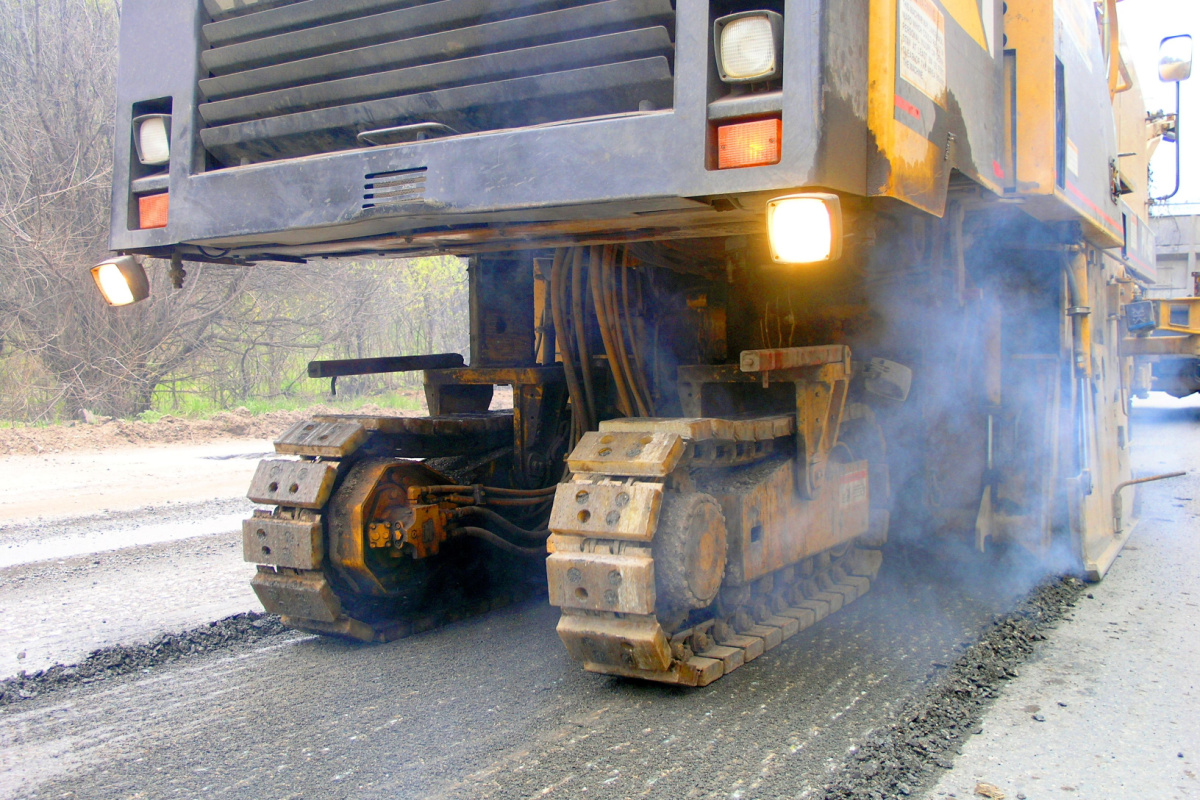A well-maintained parking lot is an important aspect of any business establishment. It is often one of the first things a potential customer or client will notice upon arriving at your location. This is why it’s crucial to ensure that your parking lot is in good shape; it can significantly impact the overall impression of your business.
One way to accomplish this is by hiring professionals who specialize in line striping asphalt in Savannah. Line striping is applying paint or thermoplastic markings on a parking lot to designate parking spaces, directional arrows, and other important traffic flow indicators.
Here are some reasons why investing in professional parking lot line striping is a must for business owners.
Enhance the Visual Appeal of Your Business
A well-striped parking lot presents a clean, professional appearance, immediately boosting the visual appeal of your business. This is especially important for businesses that rely on foot traffic or have many customers arriving by car.
A disorganized and poorly marked parking lot can give off a negative impression and may deter potential customers from visiting your establishment. On the other hand, a well-maintained and properly striped parking lot can make a positive first impression and attract more customers to your business.
Improves Navigation
Clearly marked lanes, parking spaces, and directional arrows facilitate smooth traffic flow and easy navigation. This convenience enhances customer experience right from the start, making their visit stress-free and pleasant.
Well-defined parking spaces can also help reduce the risk of accidents and ensure the safety of both pedestrians and drivers. This is especially important for businesses that experience high traffic volume or busy parking lots. This is just another reason to hire professionals who specialize in line striping asphalt in Savannah.
Increases Space Efficiency
A neatly organized parking lot with clearly marked spaces uses space more efficiently, accommodating more vehicles and reducing the likelihood of parking confusion. This efficiency demonstrates effective management and operation, traits valued by customers.
A well-striped parking lot can also help maximize the number of available parking spots, which is especially important for businesses with limited parking space.
Reflects Attention to Detail
Quality line striping shows that a business pays attention to detail and takes pride in maintaining its premises. This level of meticulousness is often interpreted as a reflection of the quality of services or products the business offers.
A well-maintained parking lot can also demonstrate to customers that your business values their safety and convenience, improving customer loyalty and satisfaction.
Ready to Invest in Professional Line Striping?
Hiring professionals to provide quality line striping for your parking lot is a worthwhile investment. Our experienced team can line stripe your asphalt in Savannah. Contact us today to learn more about the services we offer!


